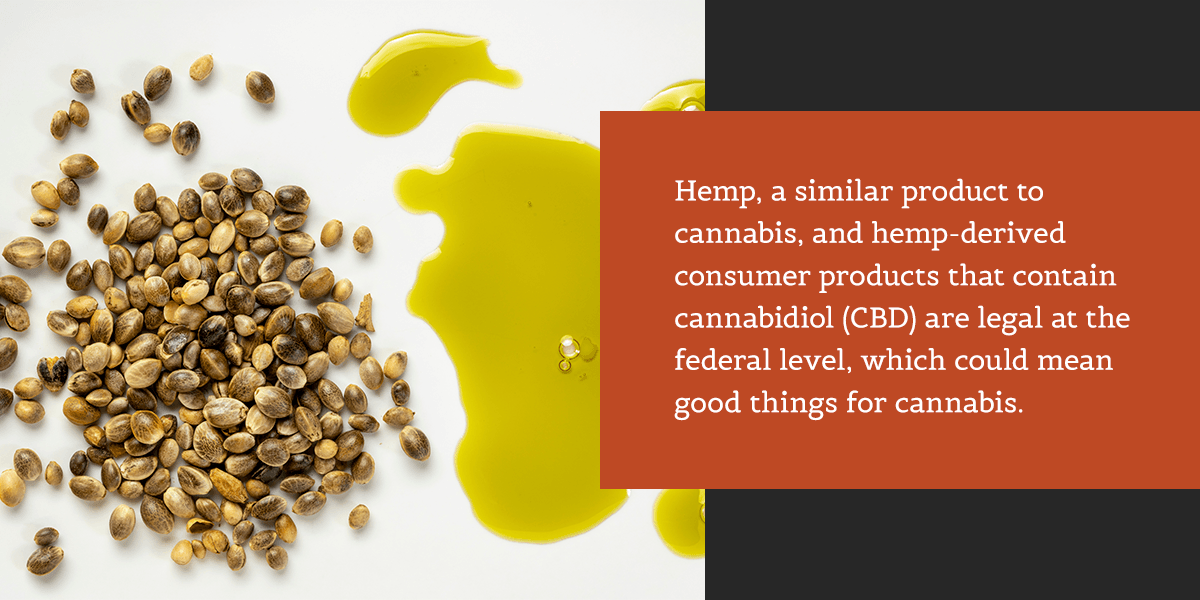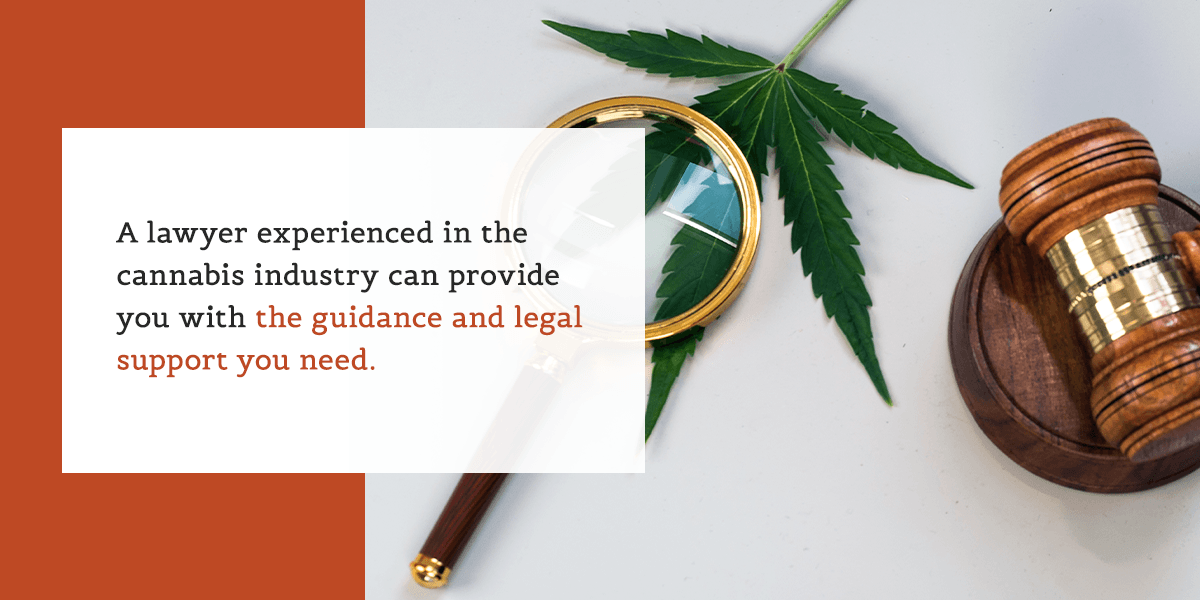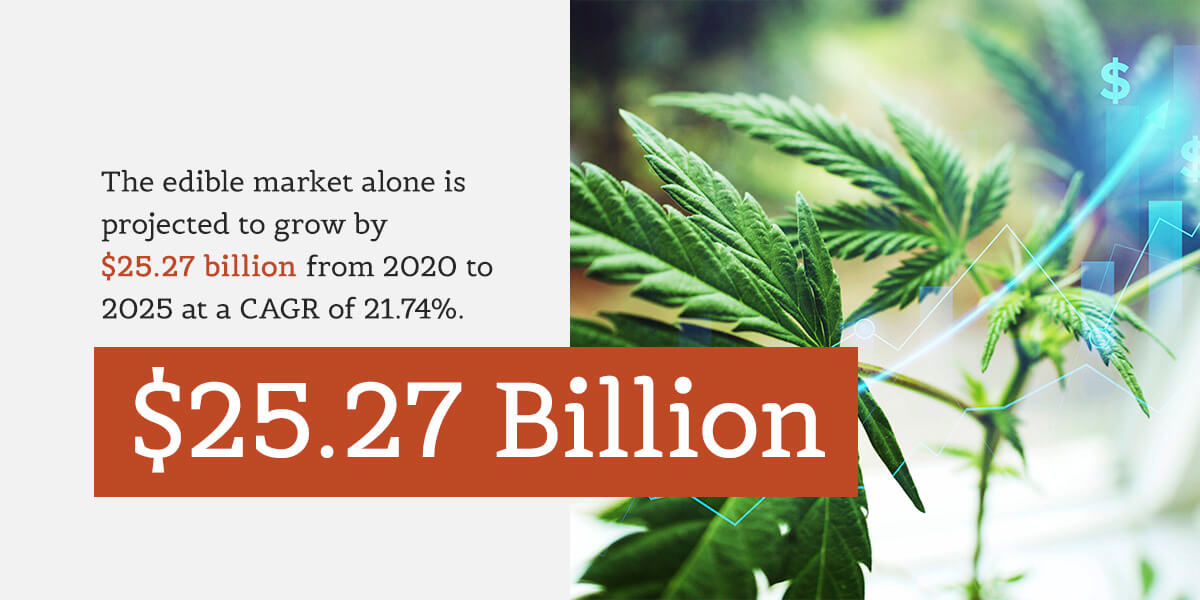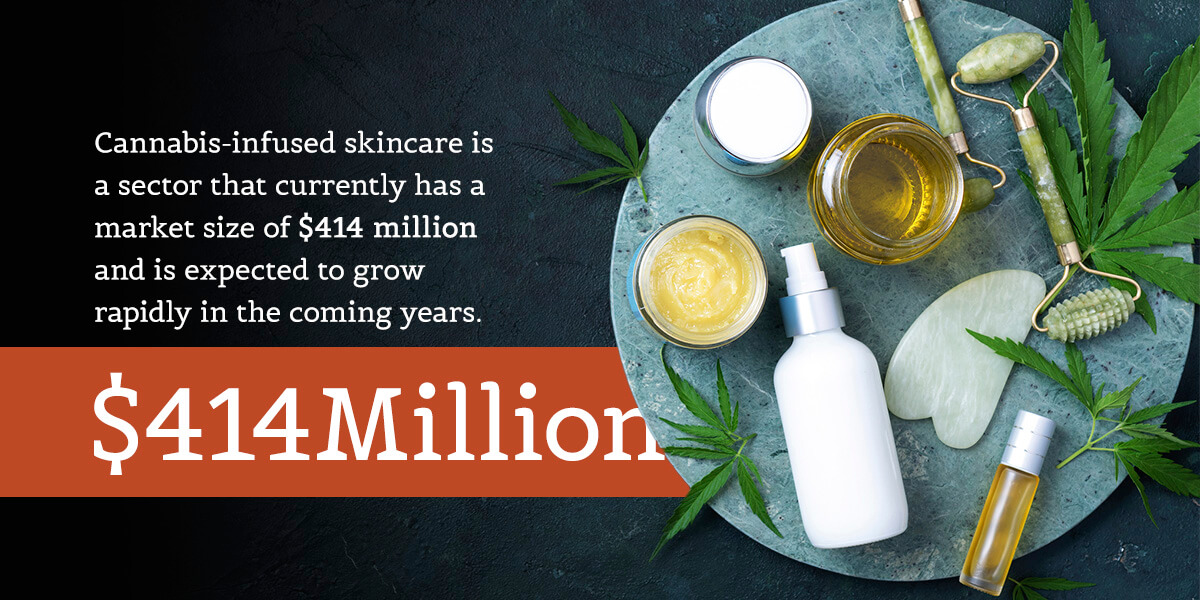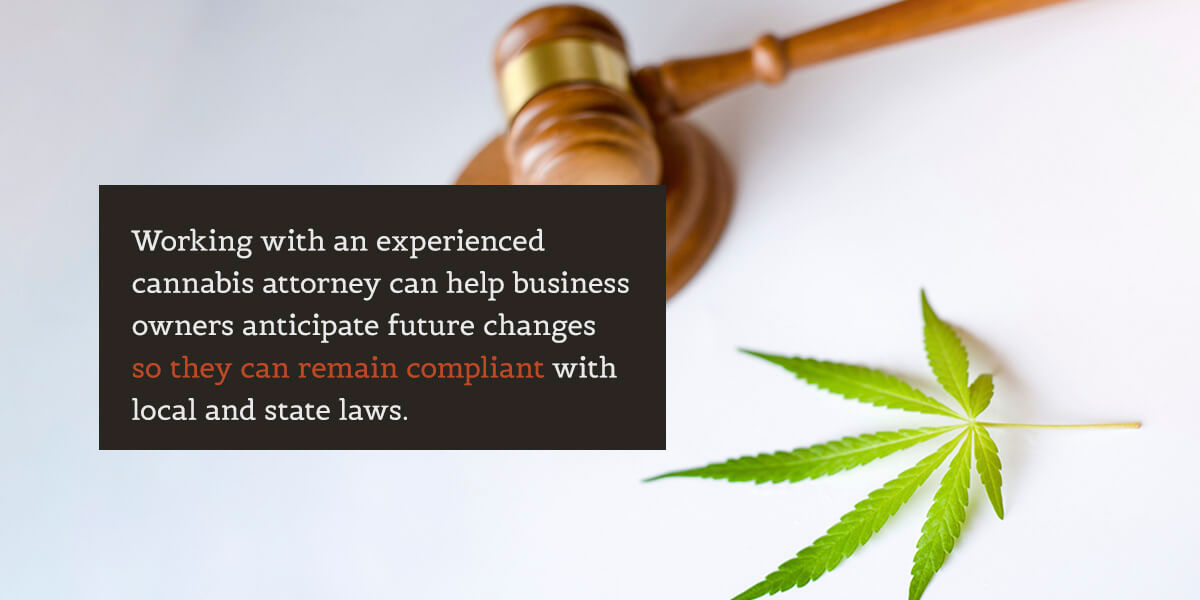Cannabis companies and (depending on the state) brands often use license agreements to grow their brands. If done correctly, they can be a huge driver of revenue for the brands and licensees, and can grow the good will of the brand across a particular territory. However, they are notoriously easy to botch. A bad license agreement can be devastating for a cannabis brand. In this post, I’ll examine some of the most common problems I’ve seen in license agreements across a host of different states.
It may help if I first explain what I mean by “license agreement.” I’m using the term loosely to refer to a situation where a company (a licensor) licenses its intellectual property (like its brand name) to a third party to use in a defined way. There are a million different ways license agreements can take shape.
One common example would be a license of IP to a cannabis company for purposes of manufacturing and selling the branded products. In general, this is the kind of license agreement I want to focus on in this post.
#1 Failure to consider regulatory impact
Cannabis is a highly regulated industry. So it should come as little surprise that regulators often care a lot about the types of people that licensed entities deal with. Intellectual property licensors are one such group. Many states put roadblocks in front of IP licensors, making it difficult or even impossible to do license agreements. Sometimes, regulations are so onerous that deals must be completely reformatted, at risk of great penalty to one or both parties.
I say this a lot here, but it’s really important to figure this out before paying an attorney to draft and negotiate a license agreement. Not only will parties potentially waste money by failing to do that, but they will also potentially put themselves at risk of regulatory penalties later down the road.
#2 Poorly defined payment terms
I’ve done more license agreements than I can count. Usually, they start with a client or opposing counsel relaying agreed-in-principle deal terms. And often, I hear something like “royalties will be X%.” My next question is always, “X% of what?” You’d probably be surprised how often I hear crickets in response.
It often takes a lot of handholding or wrangling to figure out the precise calculation of royalties. And that’s just one of myriad payment terms. Things like payment timing, expense payments, invoicing and fee disputes, credits, etc. all require additional thought and detail. Parties often don’t appreciate that a license agreement sets the state for a long-term, sometimes multi-year relationship, and so are very different from one-time purchase agreements. If parties execute license agreements with unclear or vague payment provisions, they should not be surprised when disputes inevitably arise.
#3 Unclear order process
While I spend a lot of time working my way through unclear payment terms, by far the most common issue I see in license agreements is an unclear order process. Sometimes, license agreements completely fail to say anything about the process for making and/or ordering goods. In an agreement where the whole purpose is the manufacture and sale of goods, this is… a problem. But it happens all the time.
To be fair, some license agreements may not require an order process to be spelled out in detail. If an unlicensed brand (in a state that permits it!) licenses IP to a cannabis company to make and sell products to whomever it can sell them, then that cannabis company may have discretion as to how and when to make products. But license agreements may not be as clear as that and you may see situations where both the licensor and licensee agree to market and sell products.
In these types of cases, the licensor will need some clarity about how it can order products, how much of a lead time there must be to do so, and so on. If it is not clear how the parties will dictate or request for these processes to happen, then things are bound to go south.
#4 Pricing problems
Let’s go back to the example of an unlicensed brand licensing its IP to a cannabis company for a full suite of manufacturing and distribution services. Chances are the brand will be paid a royalty that is some percentage of the sales price of each unit of product sold. So obviously, the brand will want the sales price to be as high as possible. There are a few potential things that brands can get really wrong here.
First, some license agreements may not say anything about sales prices. In an extreme case, the licensee could sell the products at such a low rate that the brand got little back. On the other hand, if a brand sets a minimum sales price too high, the licensee may not be able to sell any product and both parties are out of luck. I’ve seen companies on the verge of litigation over these issues. In my view, a lot of this is easily avoidable.
Savvy brands have a few options here. At the very least, they could include a contractual duty to use “best” or “commercially reasonable” efforts to sell the products for the highest possible price. But this is still pretty squishy and up for debate. Brands could also include “tiered” pricing options, setting a “target” price and a lower minimum price. That way the licensee would need to try for the target price, but could have wiggle room to lower it a bit. Or, the parties could agree on a price but opt to revisit it periodically depending on sales levels.
#5 Packaging and labeling fiascos
I’ve seen plenty of license agreements that give the licensor complete discretion over what goes on a product’s packaging or labeling. That may be fine for products that are not over-regulated, but it can be a problem for cannabis transactions. Cannabis label laws are notoriously complicated – so much so that I’ve had at least a few changes on 100 percent of the labels I’ve reviewed. For example, California has different sets of detailed requirements that apply to manufactured and non-manufactured products that are extremely technical and complicated down to things like font size and text placement.
Even putting regulations aside, a licensee probably wants at least some level of assurance that its licensor is not going to do something that brings an infringement case on the licensee (see here for some examples). So leaving a label up to a licensor, who may not even be a licensed company, is a major risk.
When I am representing the IP licensee, one of the first things I do is look at who makes the call on labeling content. I don’t see a ton of pushback when licensee clients ask for some approval rights over label content. In fact, we usually end up with a licensor creating the initial label and editing it based on inputs from the licensee. But as with anything else, it’s important to get this in the contract so that there are not disputes later down the road.
#6 No guardrails on marketing
Similarly, cannabis marketing laws are complicated. If a license agreement allows licensees to conduct marketing activities, the license agreement should at the very least obligate the licensee to comply with laws while doing so. But strong license agreements may take things further, and require the licensee to abide by certain standards or guidelines above and beyond what the rules require. After all, marketing materials can both comply with the law and cause harm to the reputation of the licensor or good will of the licensed brand.
#7 Failure to protect the licensor and brand
The final common problem I’ll address today is a license agreement’s failure to adequately protect the licensor or brand. With respect to brand protection, a good license agreement will include a laundry list of provisions restricting how the licensee can use, sublicense, or delegate the licensed IP, and will require the licensee to provide assistance in or participate in intellectual property disputes. Without locking a licensee’s use in place, the licensor could jeopardize legal protection for its brand. And this totally defeats the purpose of the license.
More broadly though, license agreements often fail to address potential harm to the licensor itself. In the example I’ve been using here – a brand licensed to a company for manufacture, distribution, and sales – the licensor would have no part in the manufacturing and distribution process. In that case, it would want to be shielded from liability to the maximum extent possible. There are several contractual provisions that the licensor could include to accomplish this, such as:
- Contractual indemnity provisions, to require the licensee to cover the licensor’s costs should it be roped into a lawsuit as a result of the licensee’s conduct.
- Requirements for the licensee to procure insurance with additional insured coverage for the licensor.
- Liability limitations that would limit the licensee’s ability to recover from the licensor.
- Covenants and other provisions that would make crystal clear that the licensee (and not the licensor) remained responsible for certain conduct.
- Carveouts from indemnification or liability limitation provisions that benefit the licensee if the licensee engaged in prohibited conduct.
This last point bears a bit more explanation. License agreements often require the licensor to indemnify (i.e., cover costs) the licensee for certain things, like if the licensee gets sued by a third party because the licensor’s IP is allegedly infringing. But a licensor-friendly license agreement will often carve out obligations where the licensee itself did something wrong. So for example, if a licensee markets a licensor’s brand in a way that leads to a third-party infringement suit, then the licensee may not be entitled to indemnification.
Conclusion
The above issues are some of the more common ones I’ve seen crop up over the years I’ve reviewed, drafted, and negotiated license agreements. They are by no means exclusive and there can be many other problems, especially when you start getting into more “exotic” agreement types, like tri-party agreements.
If you’re interested in other important provision in license agreements or other kinds of B2B cannabis contracts, check out some of our other posts below:
The post Common Pitfalls in Cannabis Brand License Agreements appeared first on Harris Sliwoski LLP.
from Canna Law Blog™ https://ift.tt/CJvZolt
via
IFTTT
